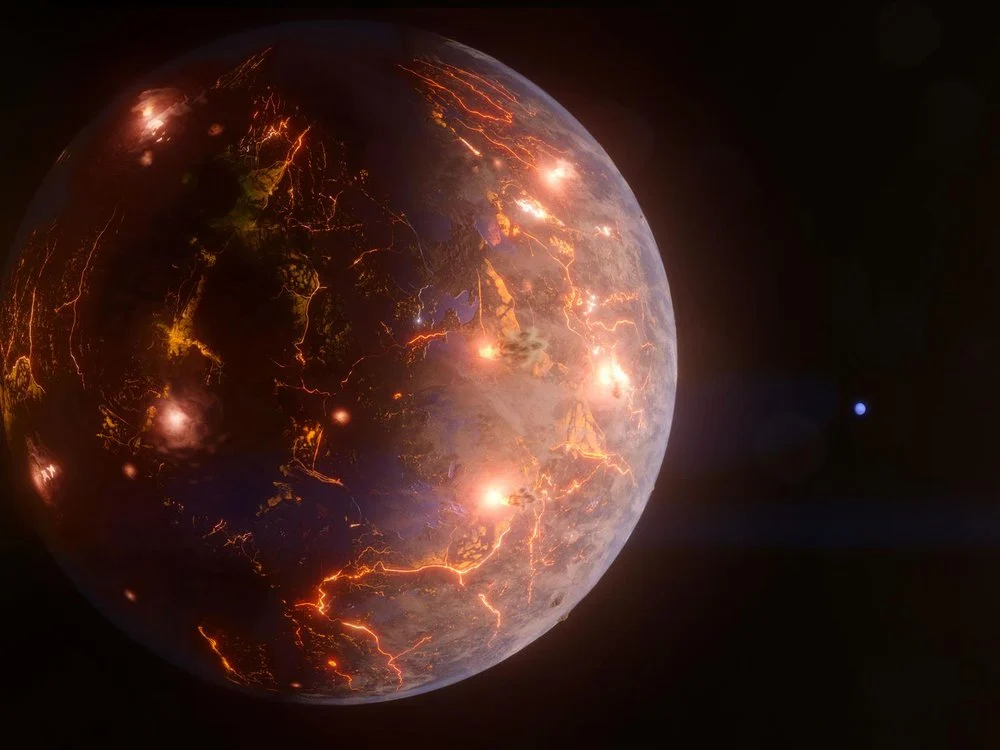MI weekly selection #514

Simulated accretion disks may explain black hole growth
Researchers using the Mega Ampere Generator for Plasma Implosion Experiments produced spinning columns that mimicked artificial accretion disks by accelerating and then colliding plasma jets. One of the research team’s primary goals is to understand how black holes are able to grow when accretion disks’ orbits stay stable.
Full Story: Live Science
2 factors lead to 53% drop in global lakes’ water storage
The combination of human water consumption and warmer climate patterns is the biggest reason water storage has decreased in 53% of the world’s lakes. The research team surveyed 1,972 of the biggest lakes on Earth by analyzing around 250,000 satellite images spanning an 18-year period beginning in 1992.
Full Story: Earth
Exoplanet could be covered in volcanos
The exoplanet LP 791-18 d, which is similar in size to Earth, may be volcanically active all over due to the way it interacts with another planet orbiting a red dwarf star. Researchers have not directly observed this volcanism, but inferred it based on analyses of data gathered from the Spitzer Space Telescope and the Transiting Exoplanet Survey Satellite.
Full Story: Smithsonian
Frequency of El Niños, La Niñas affected by emissions
Increased greenhouse gas emissions have contributed to the frequency and severity of El Niño and La Niña weather patterns and led to worse heat waves, flooding and drought. Researchers, who studied more than 40 climate models, said the human influence could be noted starting in 1960.
Full Story: The Guardian
Humans may have descend from 2 distinct populations
Humans may have descend from at least two similar but genetically distinct populations that sometimes mixed over time in Africa, according to a study published in Nature. The genomic analysis calls into question theories that humans evolved from a single lineage branching from ancient relatives and that humans interbred with now-extinct relatives in Africa who were anatomically different.
Full Story: Live Science